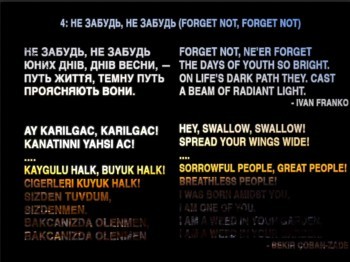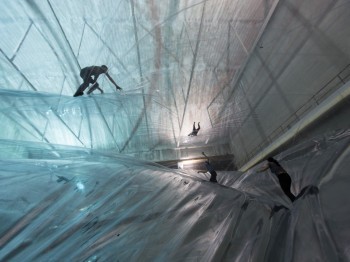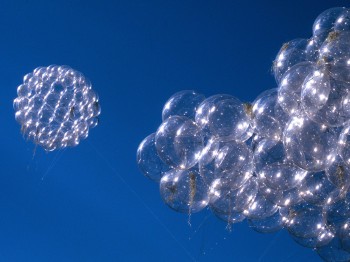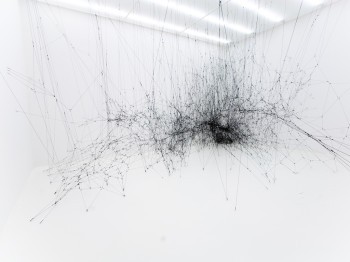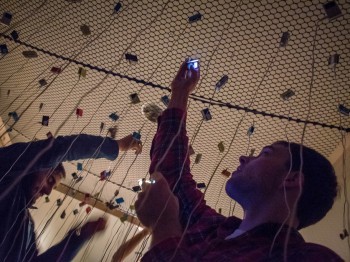
The Harmonic Archive: Music, Sound & Installation Art as Artistic Research
Anyone who rides public transportation has likely experienced this breach of commuter etiquette: fellow passengers’ oblivion to the tinny blare emanating from their headphones. Students enrolled in “The Harmonic Archive: Music, Sound & Installation Art as Artistic Research” have used … Continued


